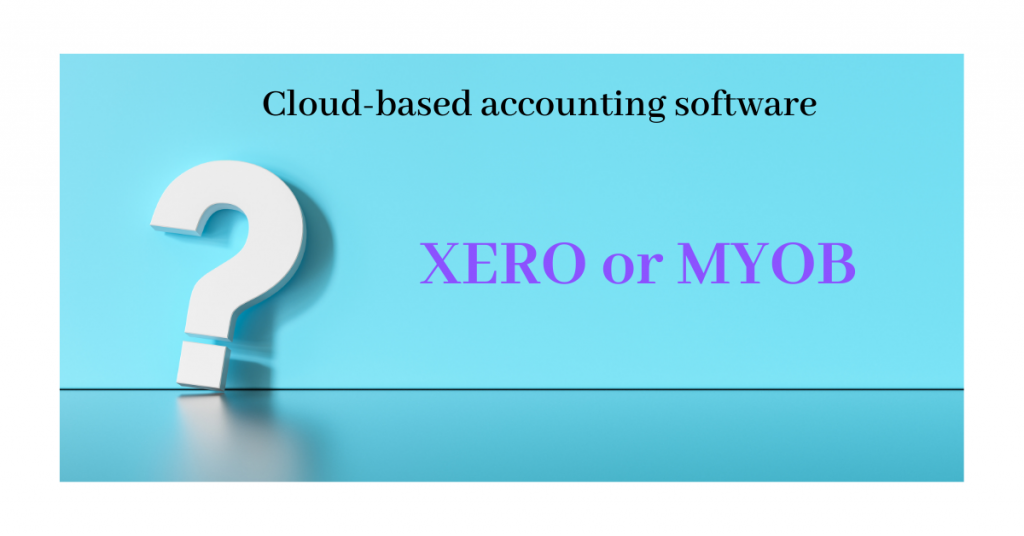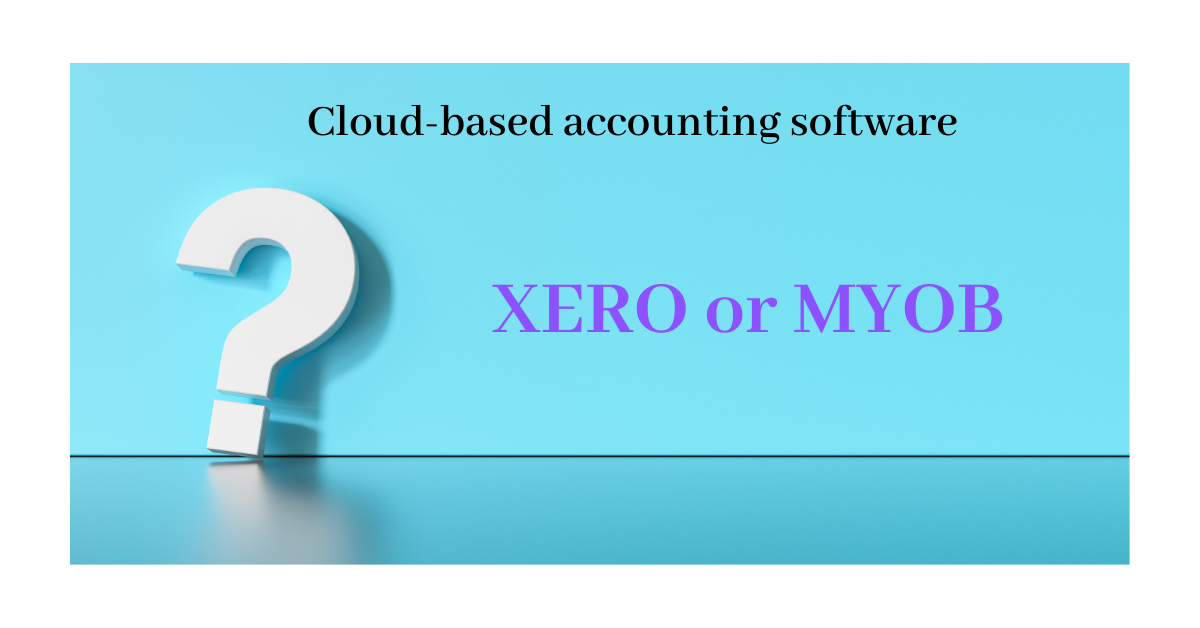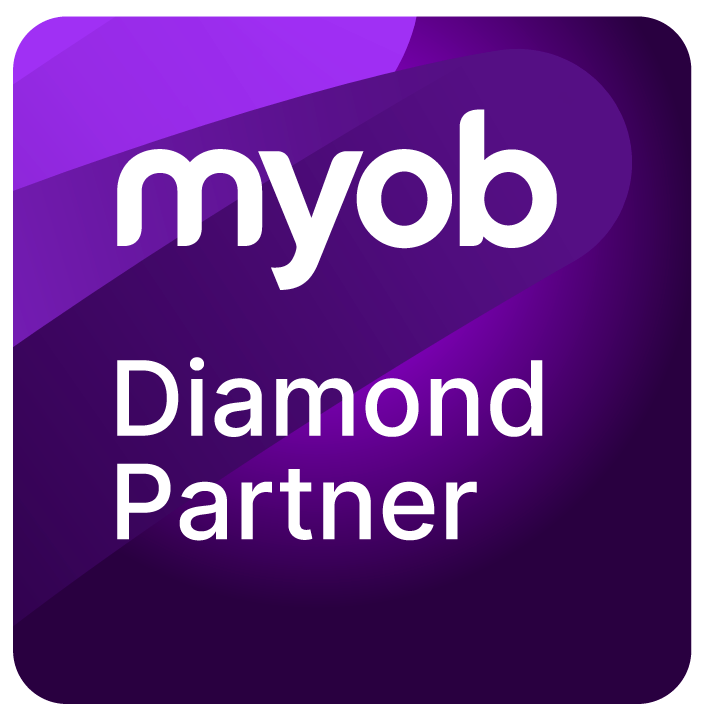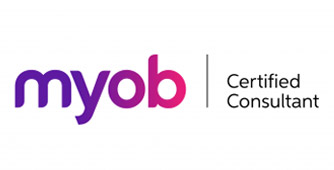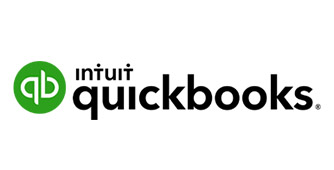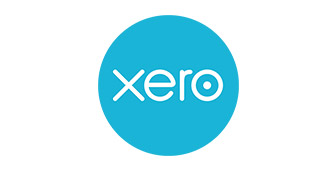Bank Feeds – I have been told many times that Xero is better than MYOB Plus but is this actually the case?
Usually, Xero is recommended by business owners with minimal experience in cloud-based accounting software, although many tax agents will also tell you the same thing.
As an expert in bookkeeping, working with these systems every day, I was interested to see how the two programs compare and to share my findings with you.
This blog looks specifically at bank feeds. If you do not already know what a bank feed is, it is a digital link between your bank and the accounting software you use; they automatically import bank transactions directly to the accounting program.
Over time, I will go through accounts payable, accounts receivable, payroll and inventory, to give you a thorough overview of the two systems.
So how do MYOB and Xero fare when it comes to bank feeds? Here are five key differences you should be aware of.
Automatic Approval
MYOB
MYOB has automatic approval, so you don’t have to go through each transaction, saving you time. If you have regular transactions in your bank feeds, you can set up rules to automatically create matching transactions in AccountRight or to help match payments to invoices and bills.
Xero
Xero doesn’t have automatic approval, so you have to manually approve each transaction. Additionally, Xero guesses many transactions, so there are often errors.
Xero does have cash coding, which allows for bulk processing, but with rules this is a bit redundant.
Invoice Rules
MYOB
As MYOB has invoice rules, the program will find the correct customer, allowing you to easily apply a payment. You have full control over where this payment is allocated.
Xero
Xero does not operate invoice rules, so it becomes guess work, and the program may not find the correct customer. As a result, you may end up applying the receipts incorrectly – and you have no control over where these rules are directed.
Overpayments
MYOB
If someone overpays you, you can apply it to an invoice as an overpayment and it will sit as a credit on the account. Simple.
Xero
Should you receive an overpayment with Xero, you will have to create a new transaction, change the format to an overpayment, (instead of a direct payment) and then return to the bank feeds and match the original payment with the overpayment. It is a long-winded and time-consuming process.
Bank Balancing
MYOB
Once the transactions have gone through, it will tell you that the bank balances. Then all you need to do is click ‘reconcile’, this creates and saves a reconciliation report, so you will know when you last reconciled.
Reconciliation is a way of cross-referencing two sets of records to ensure that the figures are correct and are in agreement.
Xero
Xero also lets you know that the transactions have gone through and that the bank balances. However, you cannot reconcile, you can only view and publish the bank reconciliation summaries. This means that you would need a separate file or spreadsheet telling you what date you reconciled the account, which is less user-friendly.
Rule Creation
MYOB
Not only can you create a rule for a certain phase or exact working, you can also choose an exact dollar amount. This means that if you have multiple insurances with one company, for example, you can allocate them correctly.
Xero
Xero only has the standard rule creation settings. It does not permit you to choose the exact dollar amount.
Paypal
MYOB
Unfortunately one of the draw backs of MYOB is you can’t connect the bank feeds to Paypal, this means you would have to manually go through each payment you make and key this into your system, luckily it is rare for a company to make payments from Paypal, only around 10% of business use this function.
Xero
Xero is able to connect bank feeds to Paypal which is great is makes reconciling this account very easy.
So, in conclusion, based on these examples, which accounting software do I prefer? Well, it has to be MYOB, as it saves me time and is user-friendly, unless the majority of transactions are made through Paypal.
Do you need further bookkeeping advice? Get in touch by clicking here.
Don’t forget to check out my comparisons of MYOB and Xero when it comes to accounts payable, accounts receivable, payroll and inventory, in future blogs.

